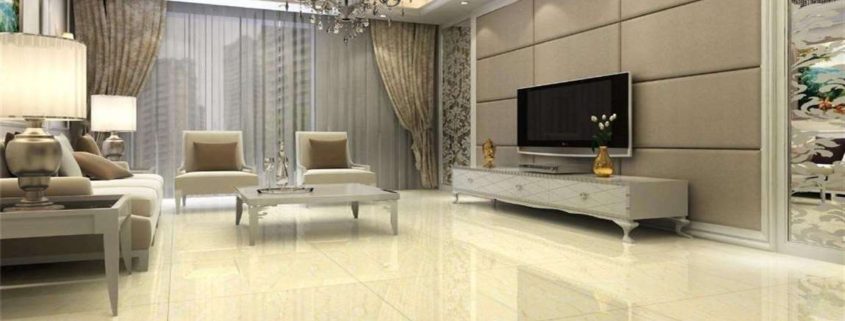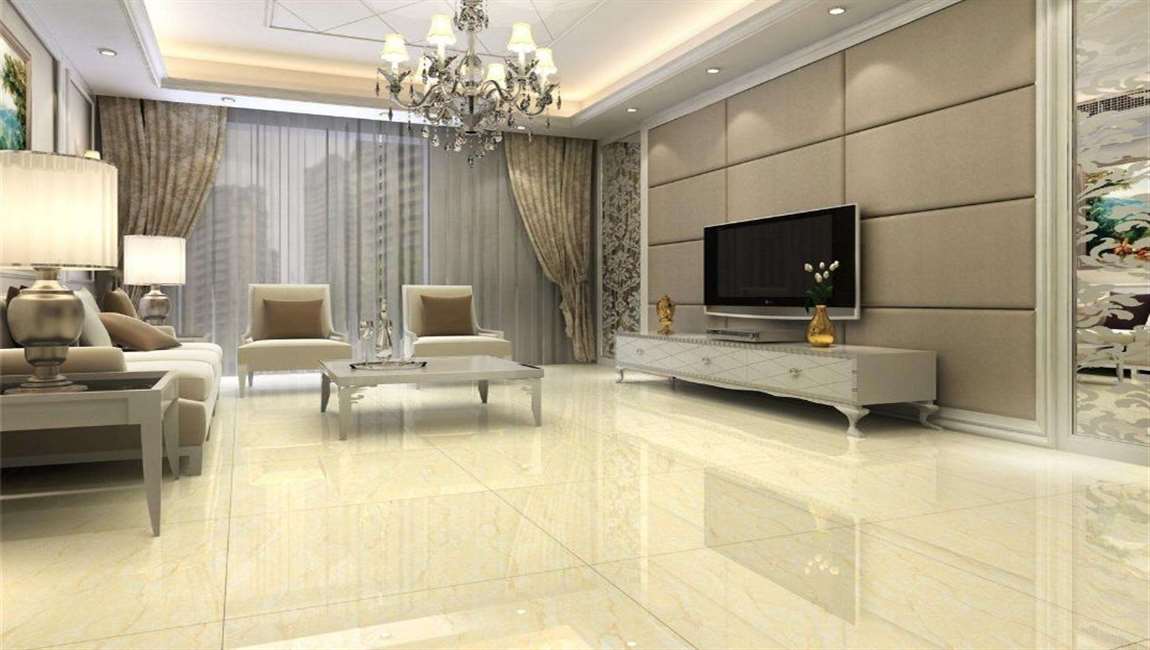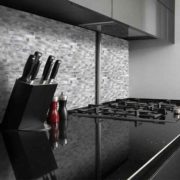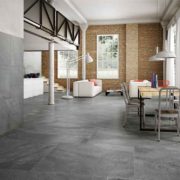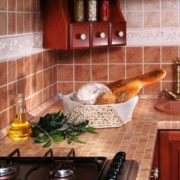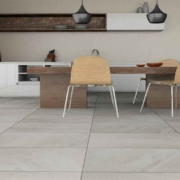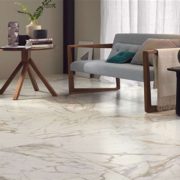What Should We do When Tile a Backsplash?
If you’ll need to cut the floor tiles to fit into corners or underneath cabinets, it may help to purchase more tiles than you need to make up for tiles that break while cutting. Wall tiles tend to be thinner and more lightweight than flooring tiles. Make sure you choose the right type of wood tile for your project.
Slate tiles have a tendency to crumble when they are cut, so may be more difficult to work with if you’ve not used them before. Ceramic tiles, or other types of mosaic tiles, will be easier to work with and cut.
Sand the wall with 80-grit sandpaper. Sanding down the wall will remove any grease or grime that will stop the tiles from adhering properly, as well as providing a coarse surface to help the mastic hold more tightly. Use a medium-grit sandpaper, around 80 or 120-grit, to sand down the entire surface you want to tile.
If your surface has a lot of grease stains, it may help to clean them up before sanding. Use a cloth dampened in a mixture of water and dishwashing liquid to wipe them away, giving the wall plenty of time to dry before you attempt to sand it down.
Wipe the wall down with a damp cloth or sponge. Dip a cloth or sponge in water and wring it out as much as you can. Wipe down the surface of the wall to get rid of any stray dust or dirt leftover from sanding. Make sure that the cloth is only slightly damp, and that the wall is completely dry before you begin tiling it. Water left on the wall may change the consistency of the mastic and stop your tiles from staying in place.
Mark a central line on the wall. Use a measuring tape to find the midpoint of your backsplash and mark it with a pencil. With a bubble level, draw a vertical line from the base of your backsplash to the top of it. This will help keep your ceramic tiles centered and even as you work. In place of a pencil line, you could also use a laser level as a guide for your first tiles. This will be much easier to see but isn’t necessary if you don’t have one. Marking a central line will help ensure that the edges of your backsplash are even.

